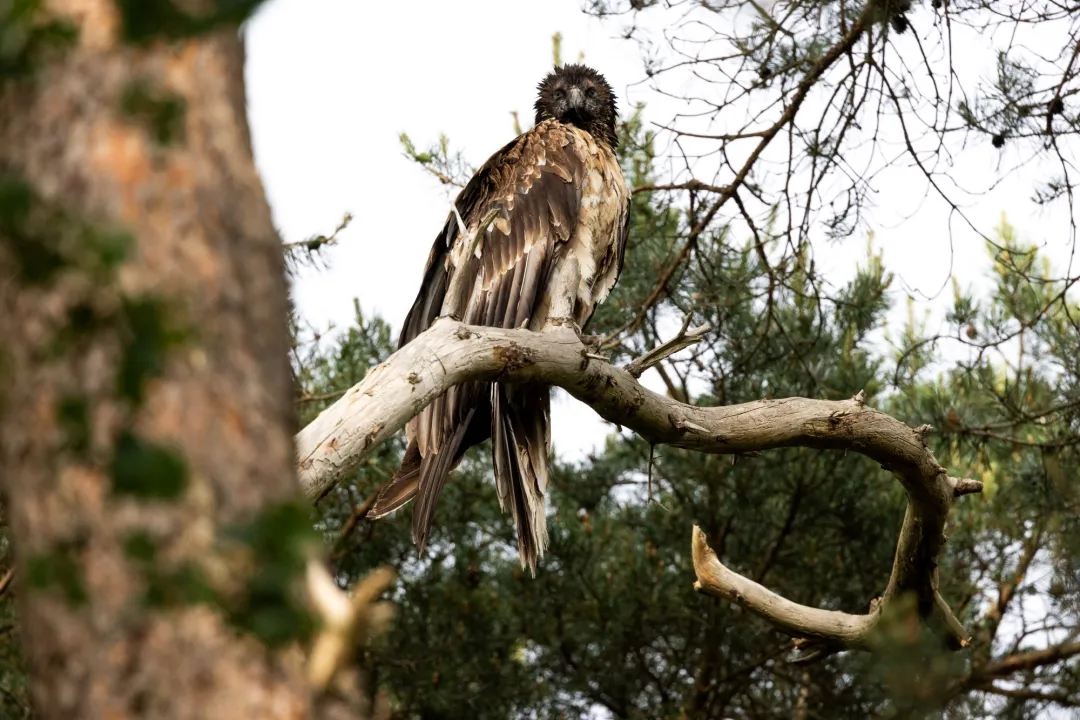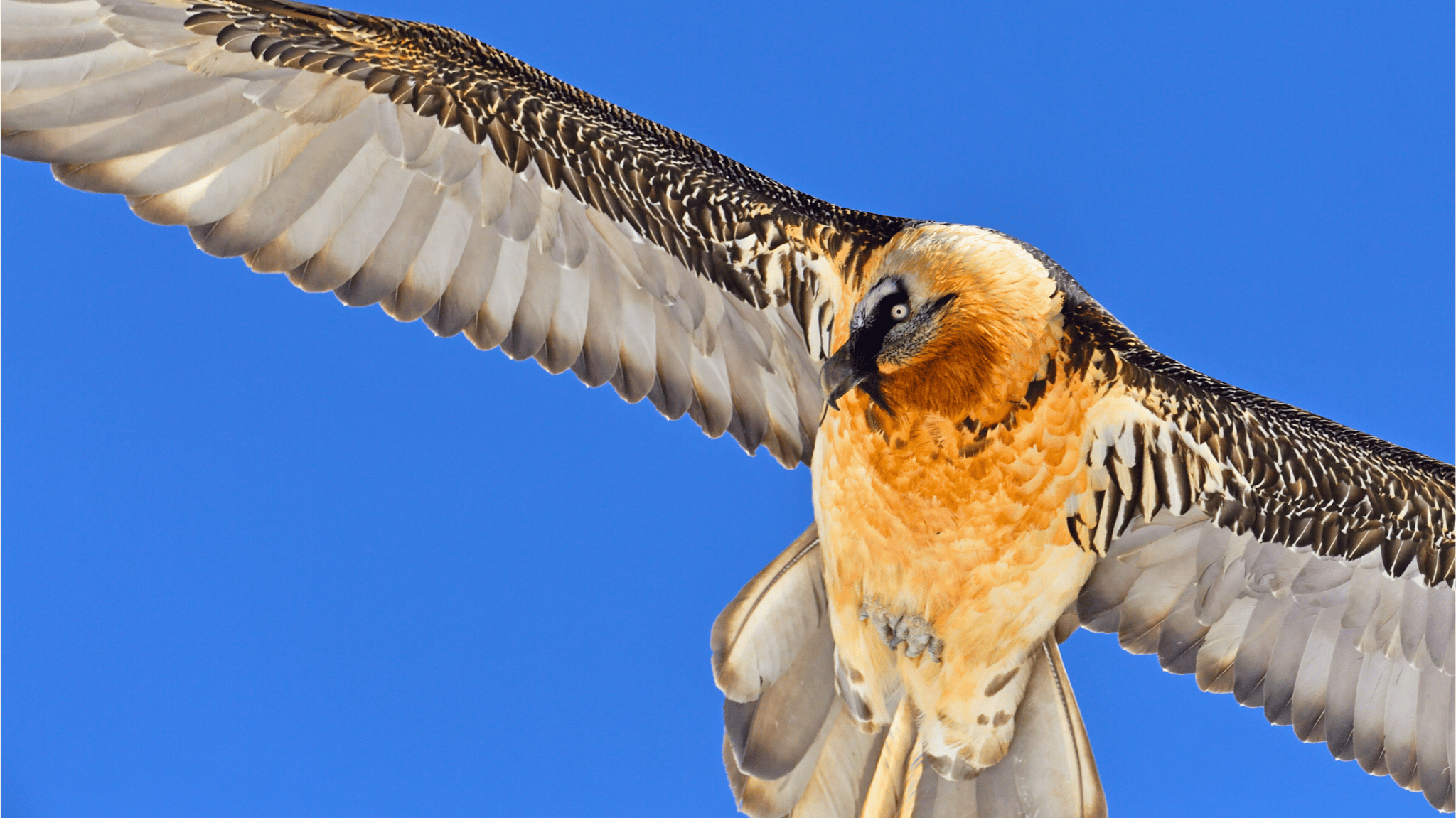
Birds and nature suffer daily due to the unravelling biodiversity and climate crises. And vultures are not immune to these issues. Throughout the world, vultures have been facing many human-induced threats, which led to dramatic population declines in recent years. Today, they are one of the most endangered groups of birds. In both Africa and Asia, continents that used to be vulture strongholds, several species are now on the brink of extinction. In Europe, though, it’s a different story. And we are proud to have something to do with it!
Vultures in Europe are making a comeback – vulture conservation works!

In the late 20th century, vultures were facing extinction in Europe, especially the Bearded Vulture that only had a few pairs remaining – it was limited to 40 pairs in the Pyrenees and some isolated pairs in two Island populations (Crete and Corsica). Poisoning, electrocution, collision and direct persecution, among other threats, were responsible for the adverse effects on vulture populations in the continent, but there was hope. Long-term and extensive cross-border conservation actions, many led by us at the Vulture Conservation Foundation (VCF), have helped improve the situation, and today vultures are making a comeback in our continent. The numbers of all European vulture species – the Bearded Vulture, Cinereous Vulture, Egyptian Vulture and Griffon Vulture – are stable or are increasing for the most part.
The European Red List of Birds 2021
BirdLife International recently published the Red List of Birds 2021, which was updated based on the data collected by thousands of experts and volunteers across Europe.
The report highlights the importance of targeted conservation actions in halting and even reversing population declines, with one of the inspiring success stories being the impressive recovery of the Griffon Vulture (Gyps fulvus). Cinereous Vulture (Aegypius monachus) and Griffon Vulture numbers are increasing, and their European status remains the same – Least Concern.
Another positive remark was the downlisting of the Bearded Vulture (Gypaetus barbatus) from Vulnerable to Near Threatened. This outcome became a reality thanks to strategic reintroduction projects and targeted conservation actions, mostly led by the VCF, that increased populations and decreased threats.
For the Egyptian Vulture (Neophron percnopterus) the situation is more complicated. Even though its status changed from Endangered to Vulnerable, mostly due to the lower rate of decline in Iberia, its numbers are still declining in certain regions of Europe, notably in the Balkans. It is urgent to implement further conservation actions at the national level and across borders, but also in its wintering grounds in Africa and throughout its migration flyaway.
There is still conservation work to be done
Although there is a basis for conservation optimism, there is still a lot of work that needs to be done until vultures are no longer conservation dependent. The VCF, together with our partners and colleagues, will continue to restore vulture populations until they are self-sustaining, with each species occupying most of their former ranges, supported by good quality habitats, and valued by people.
Yes, there is optimism, not only for vultures but for other species, but let’s not forget that the report concluded that 1 in 5 bird species in Europe is endangered. These worrying findings highlight the severity of the ongoing biodiversity and climate crises that affect all of us, including our economies and wellbeing. We all need to work together to come up with solutions that are supported by key stakeholders and the general public until birds and nature are doing better.
We can do it – and vultures in Europe are here to tell!



